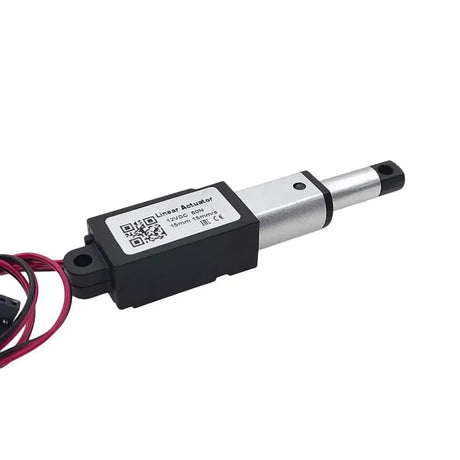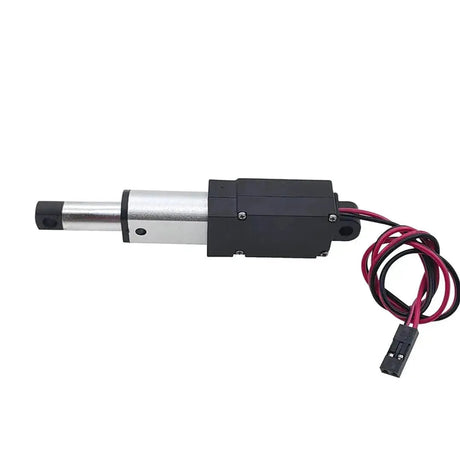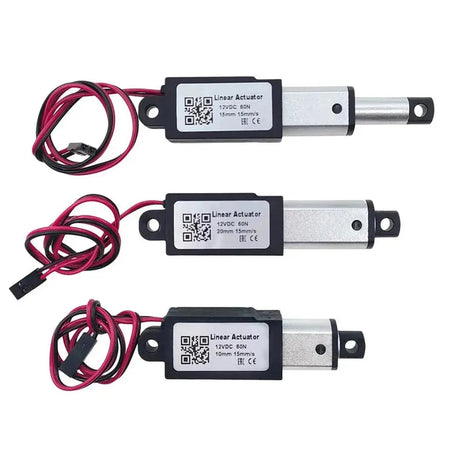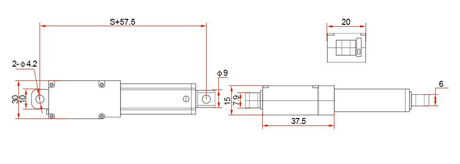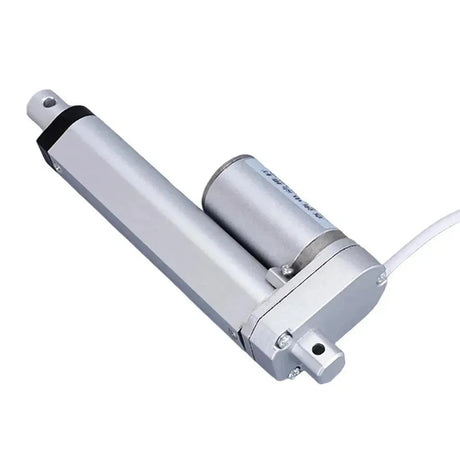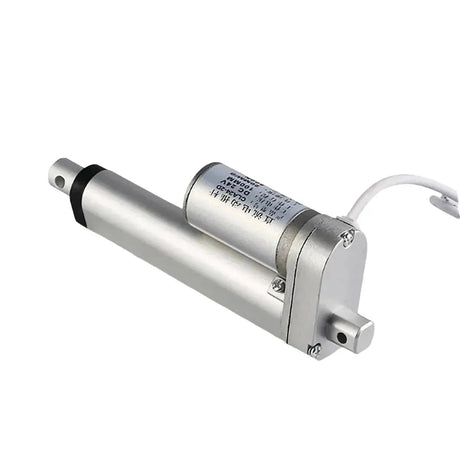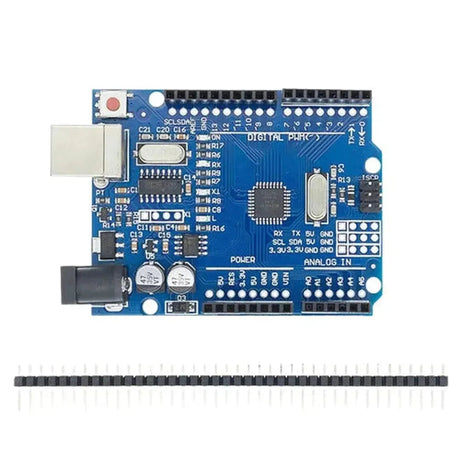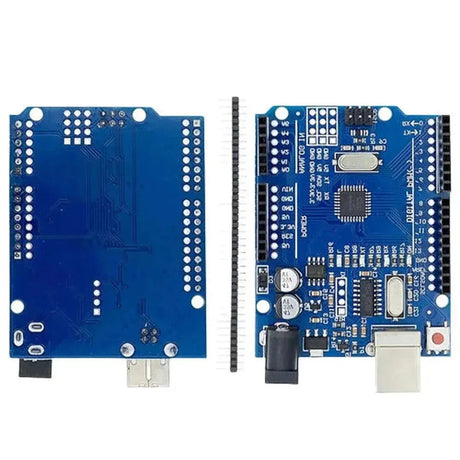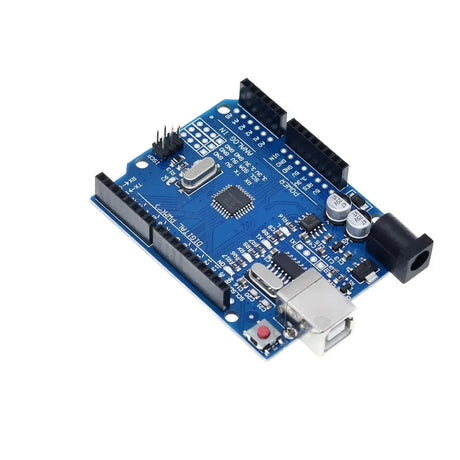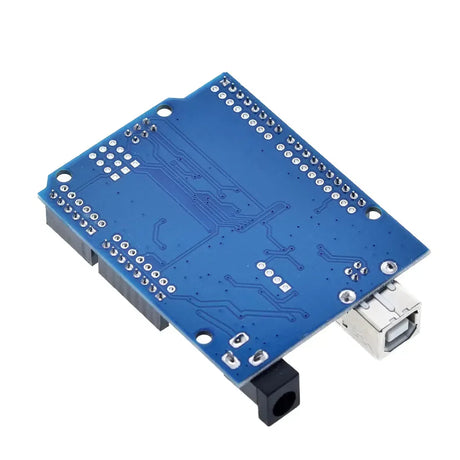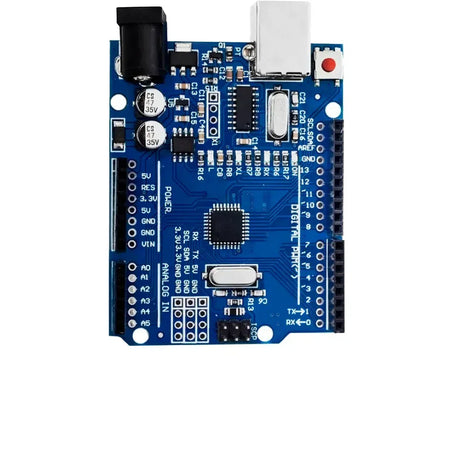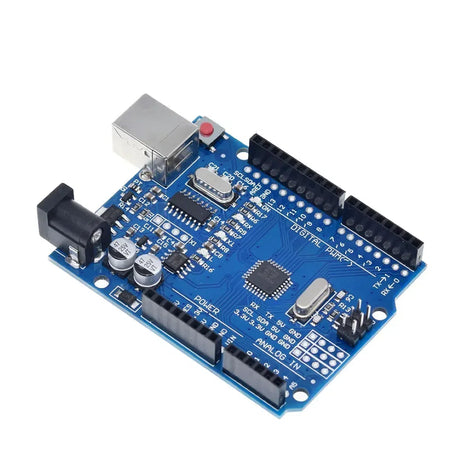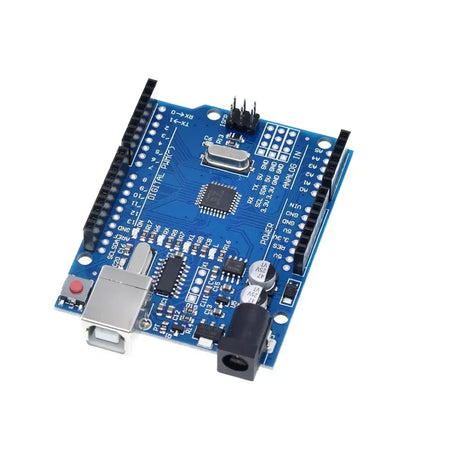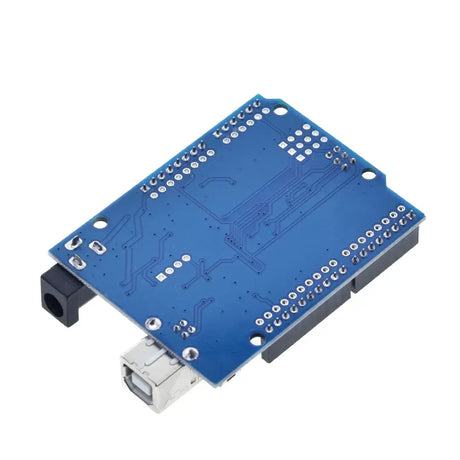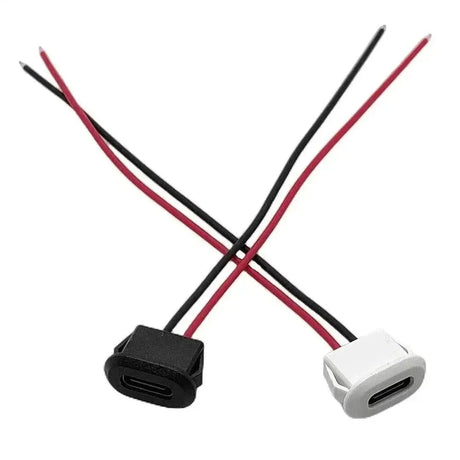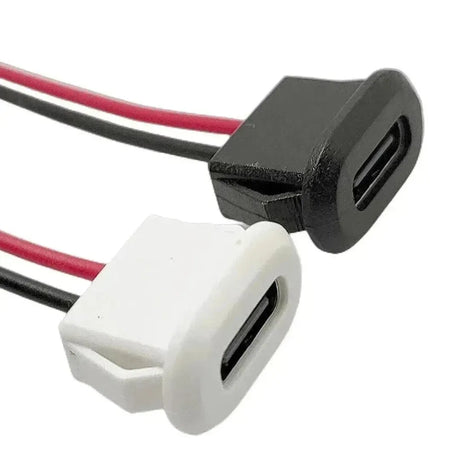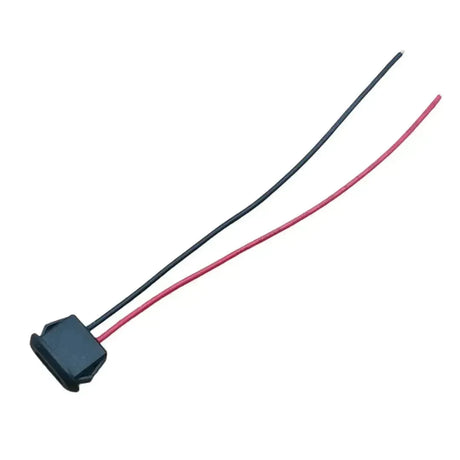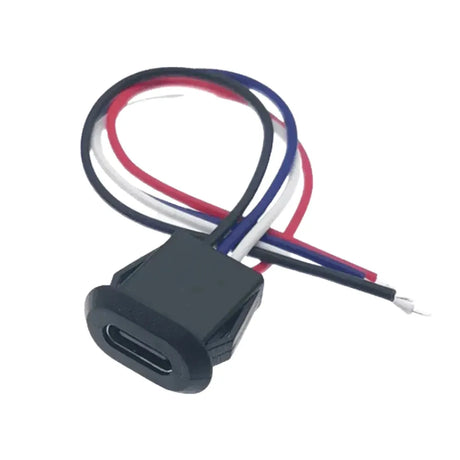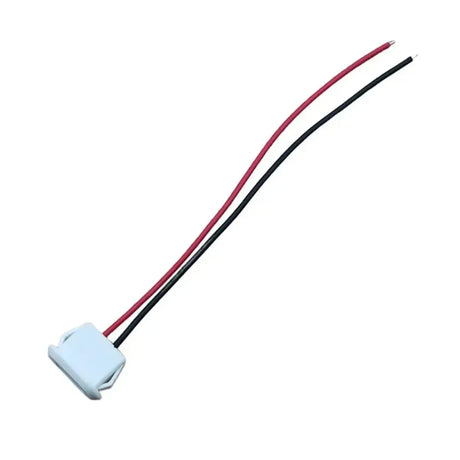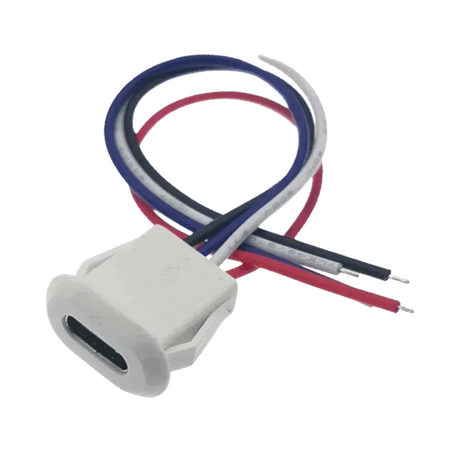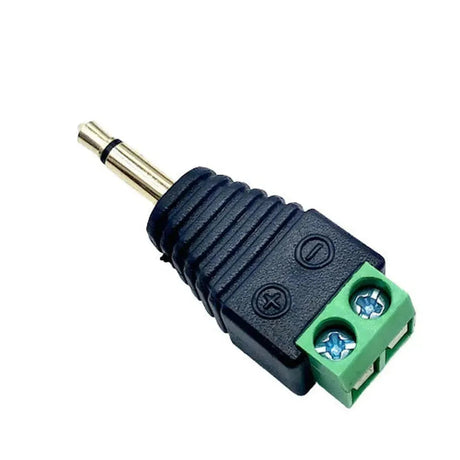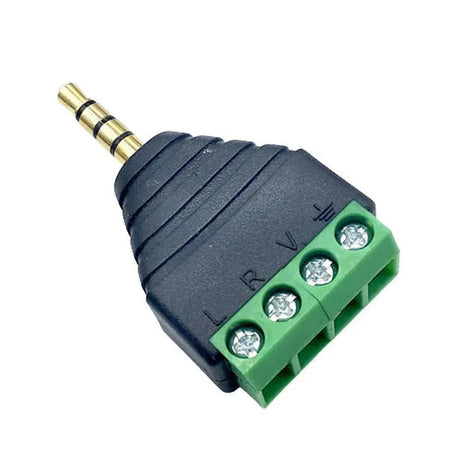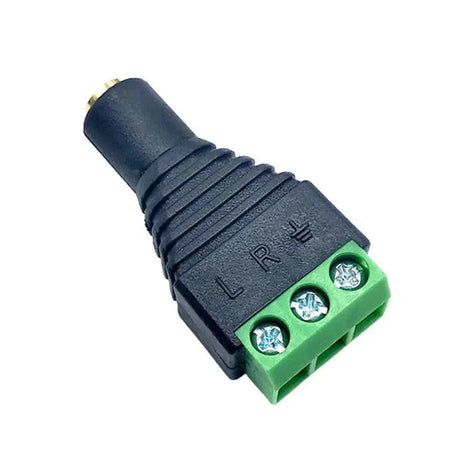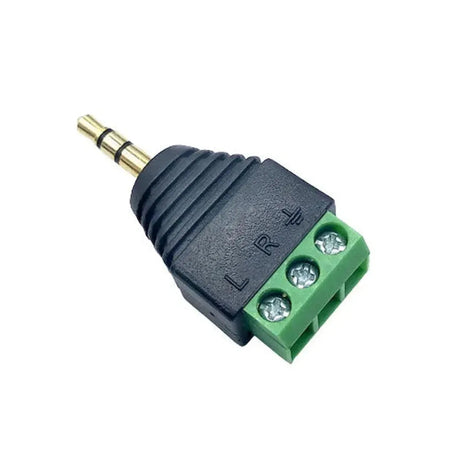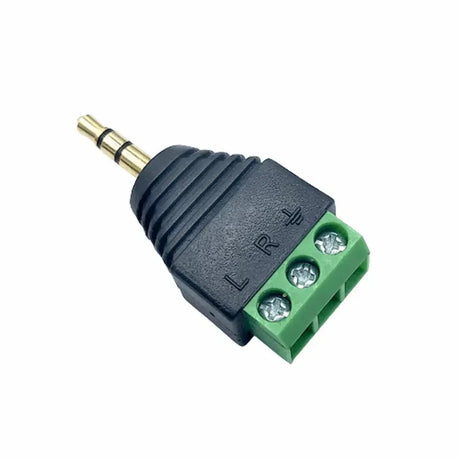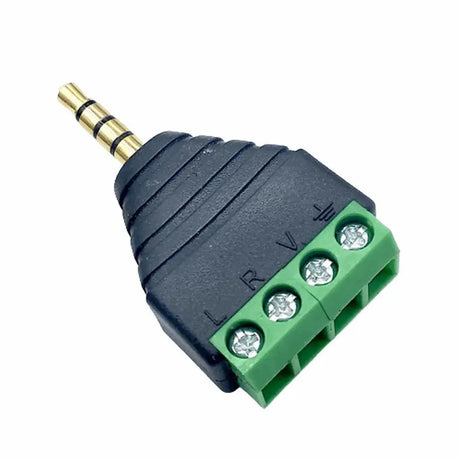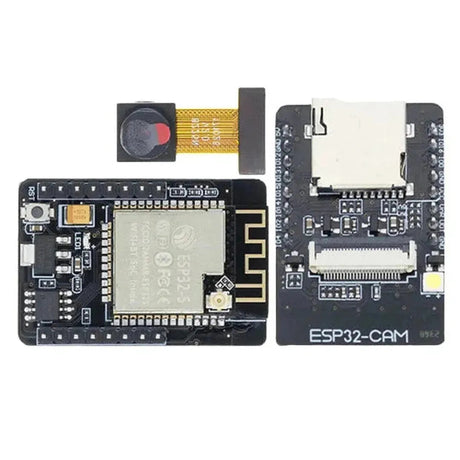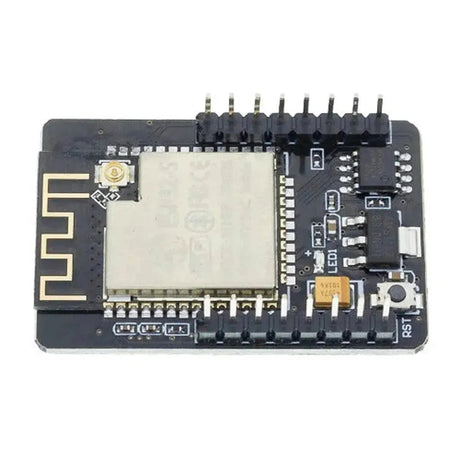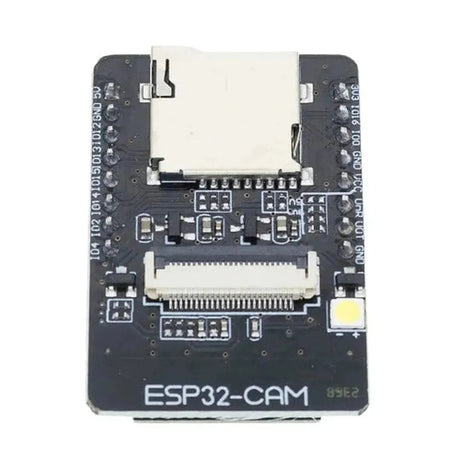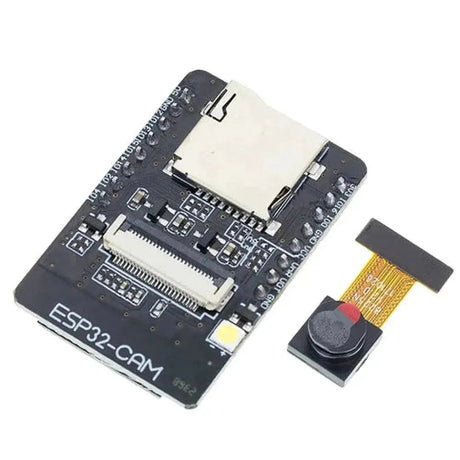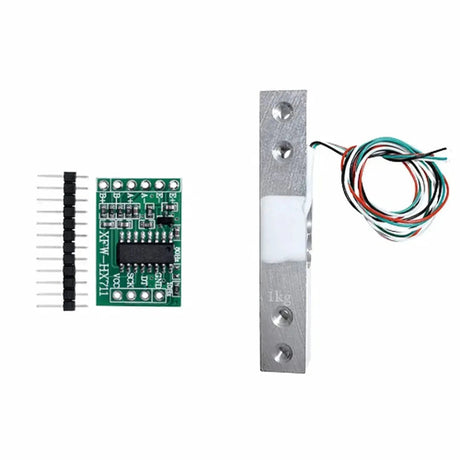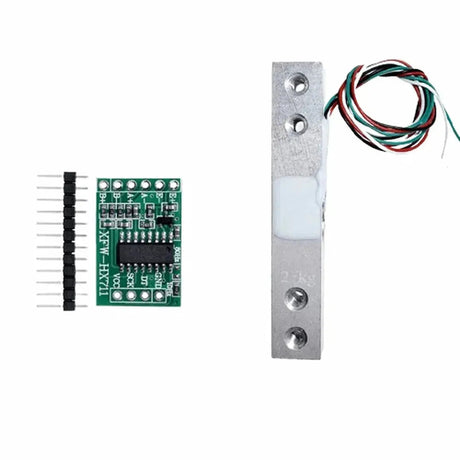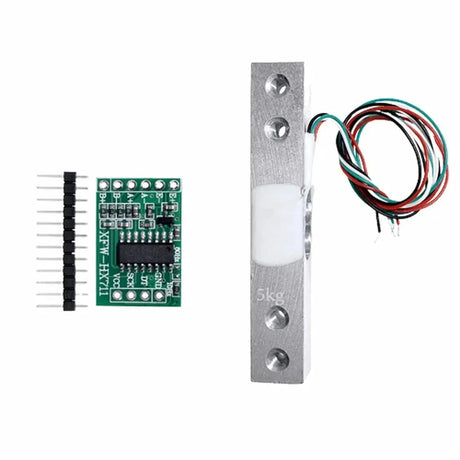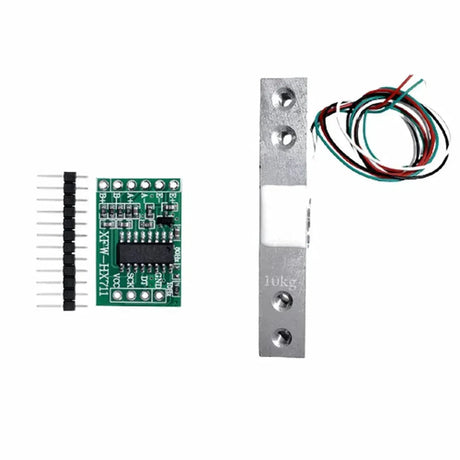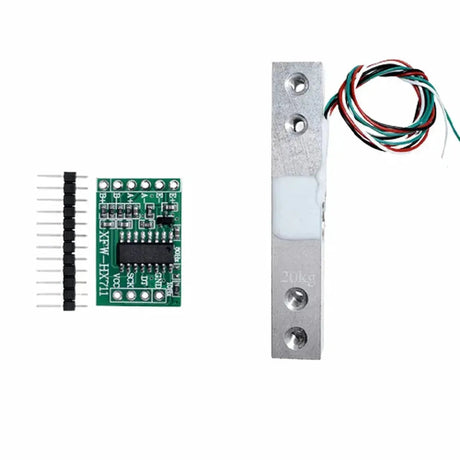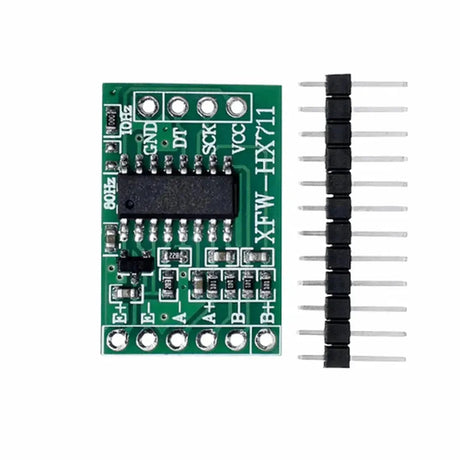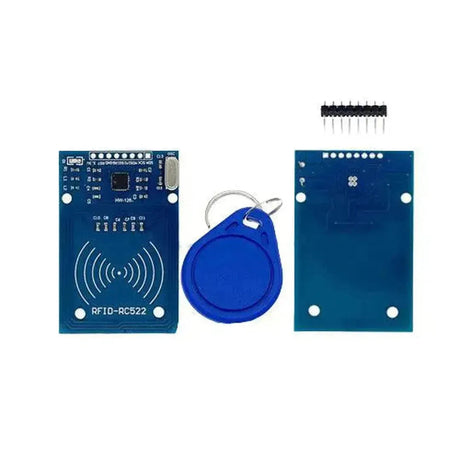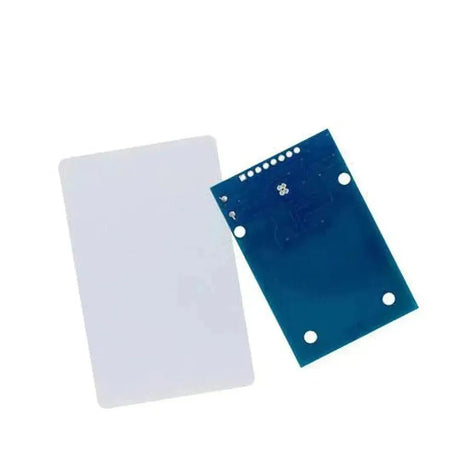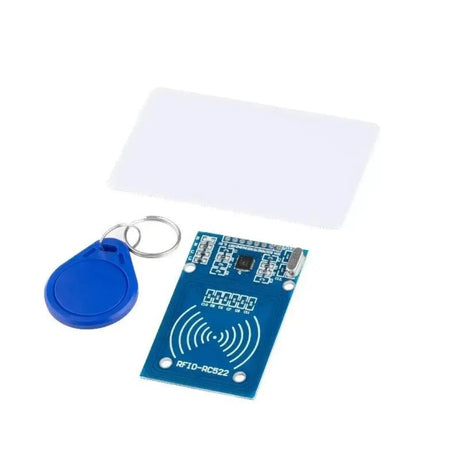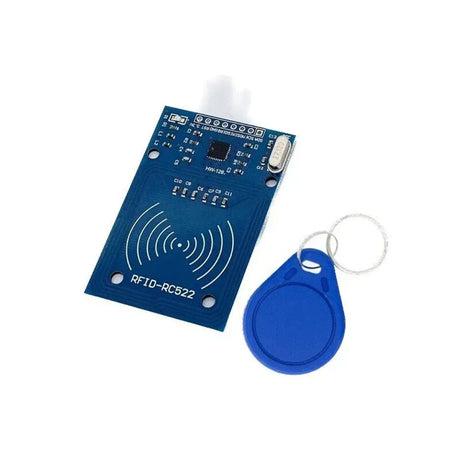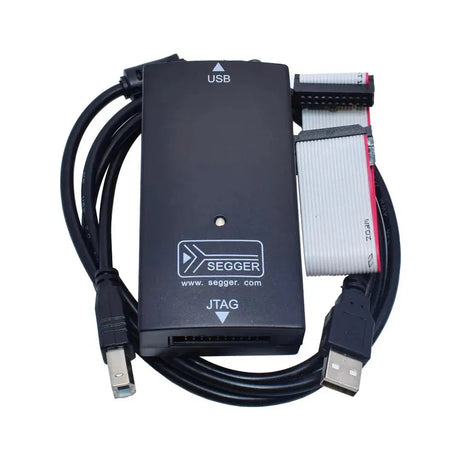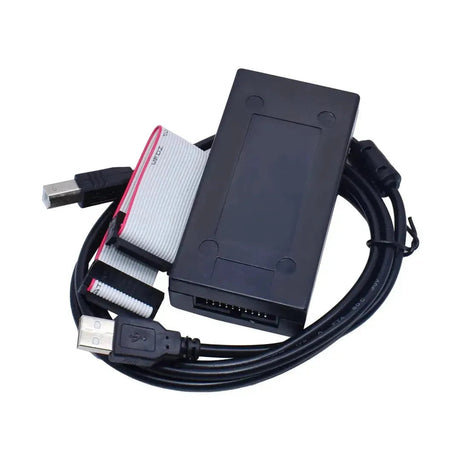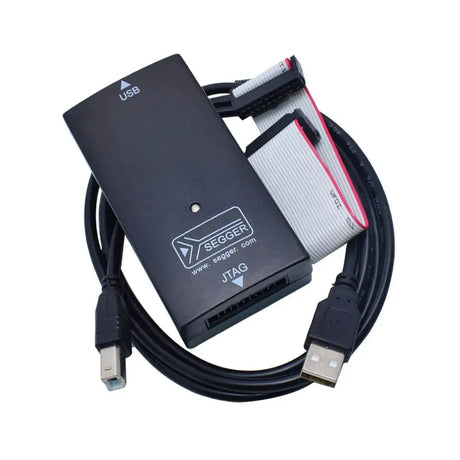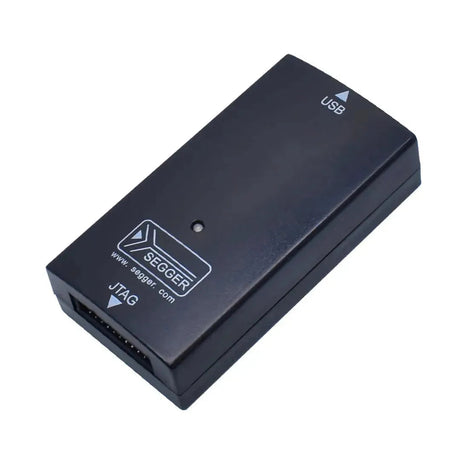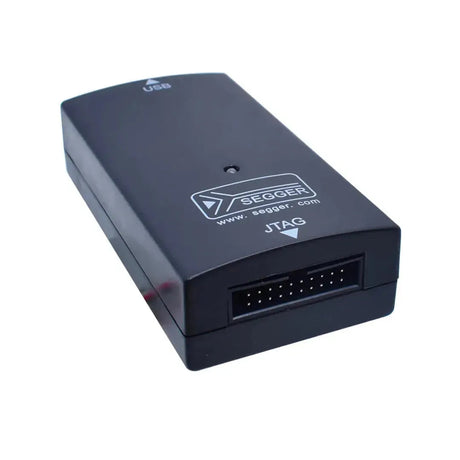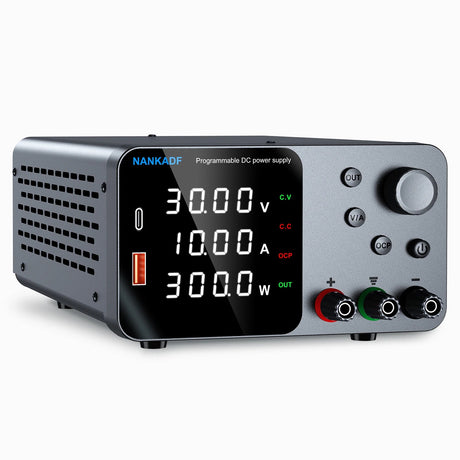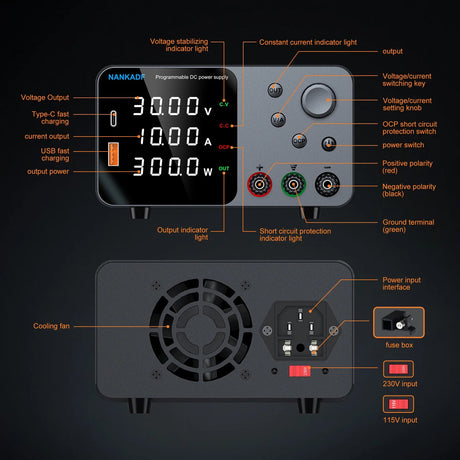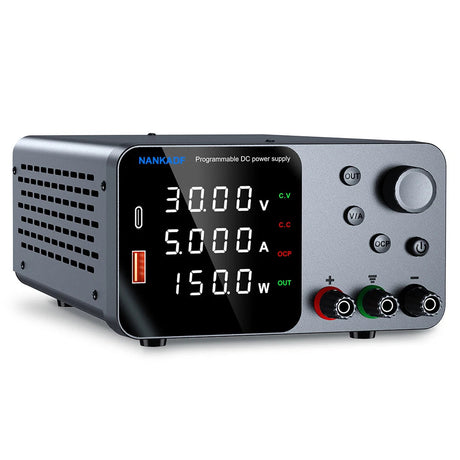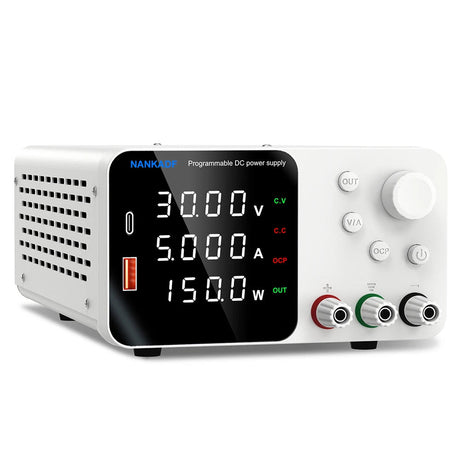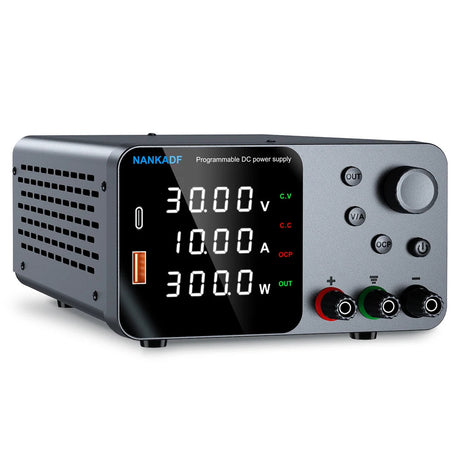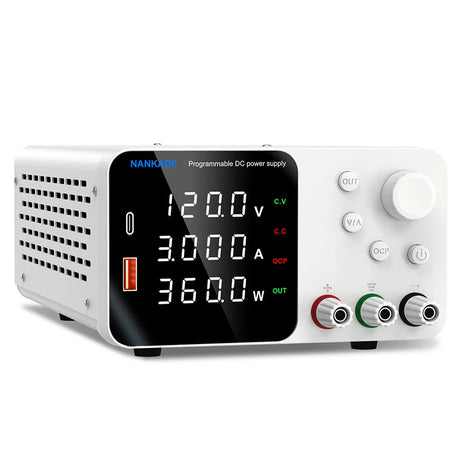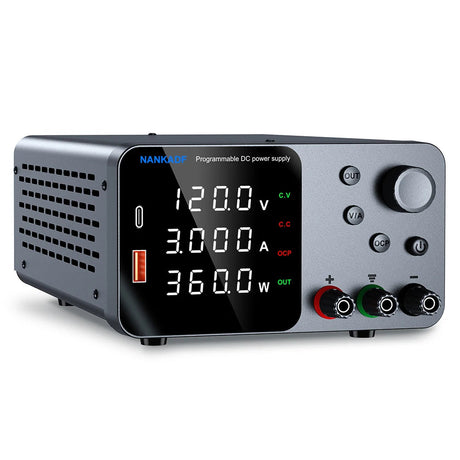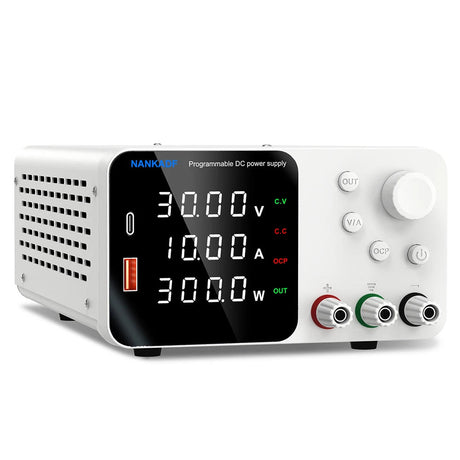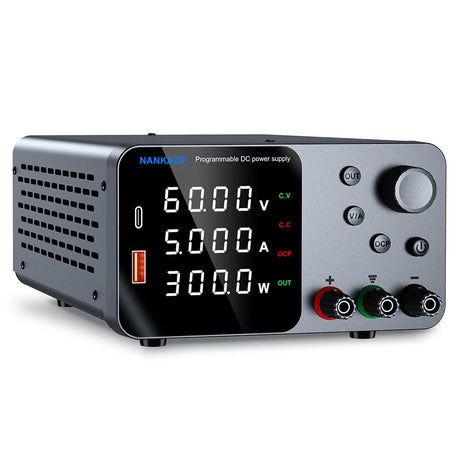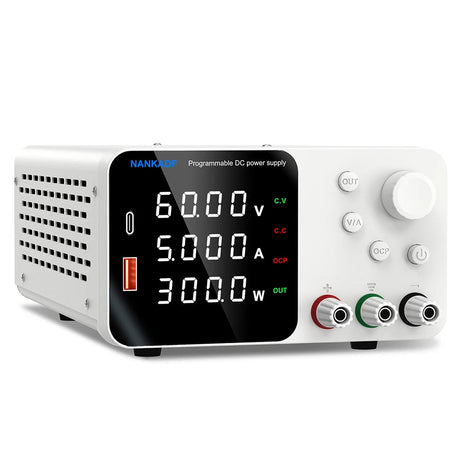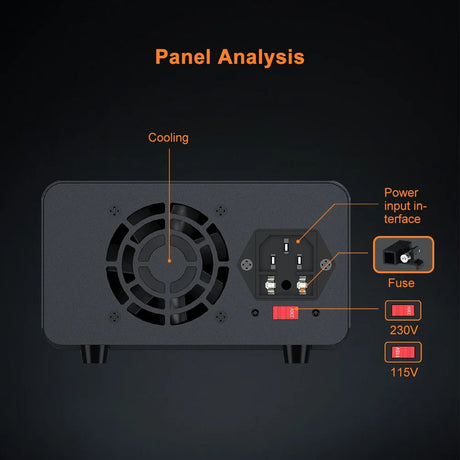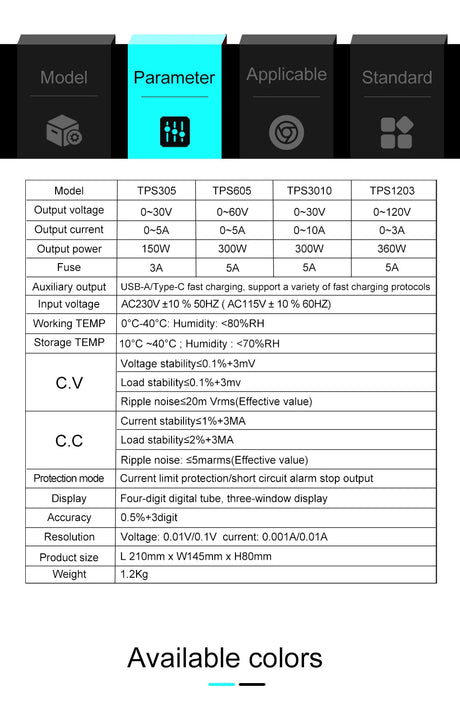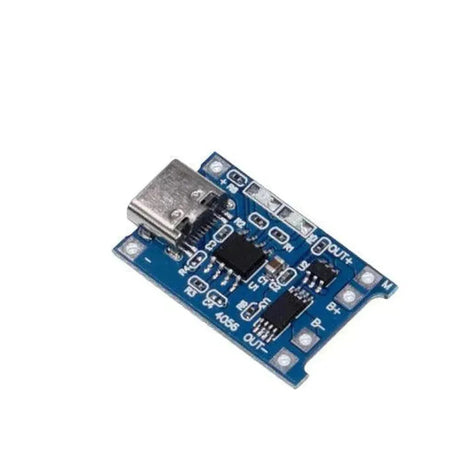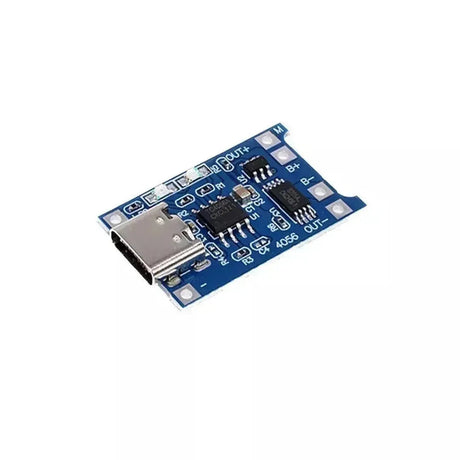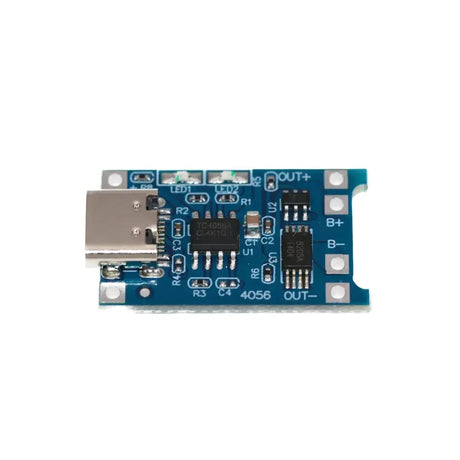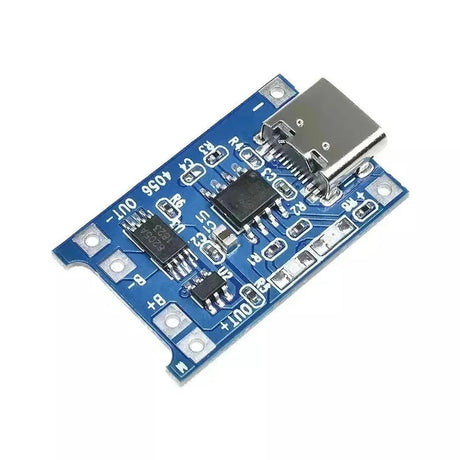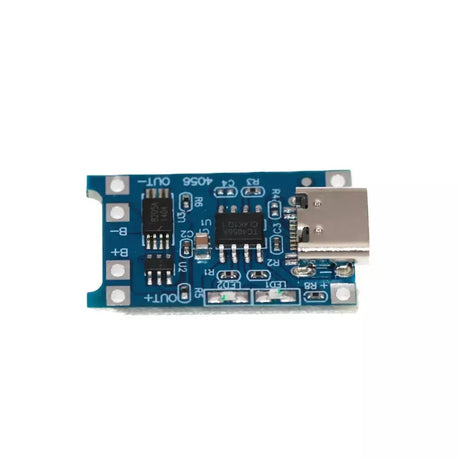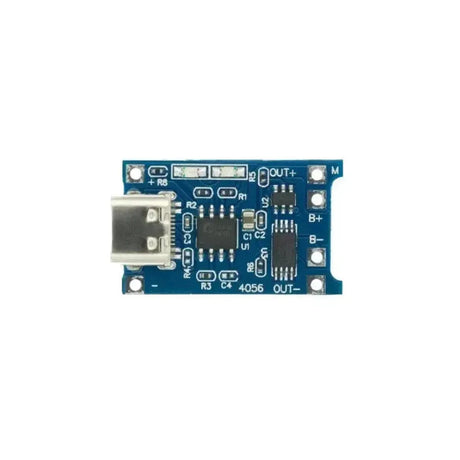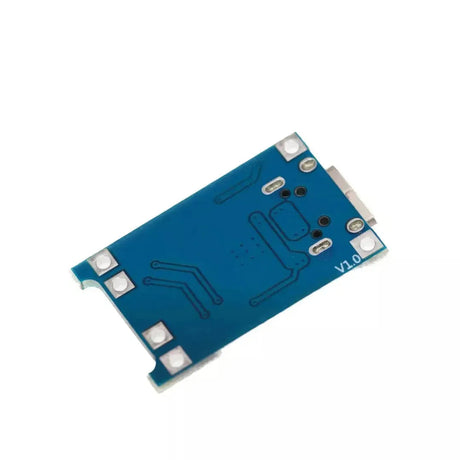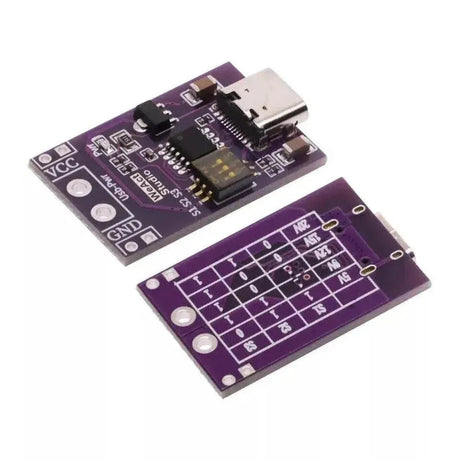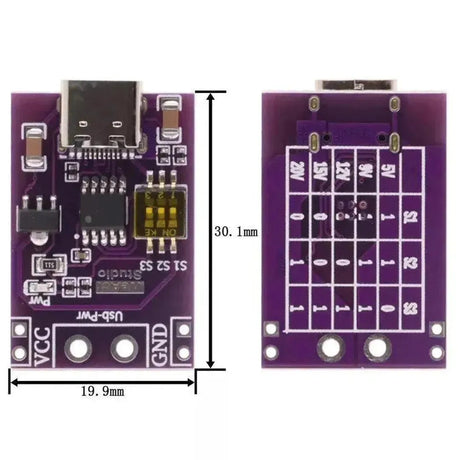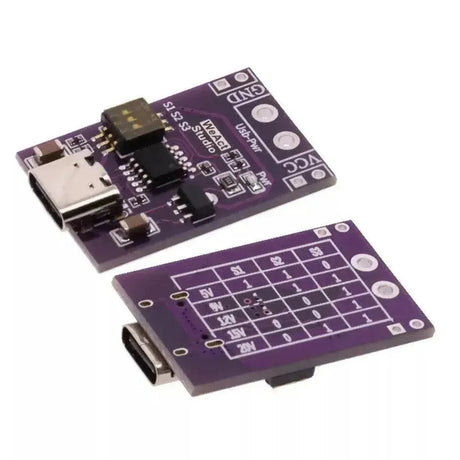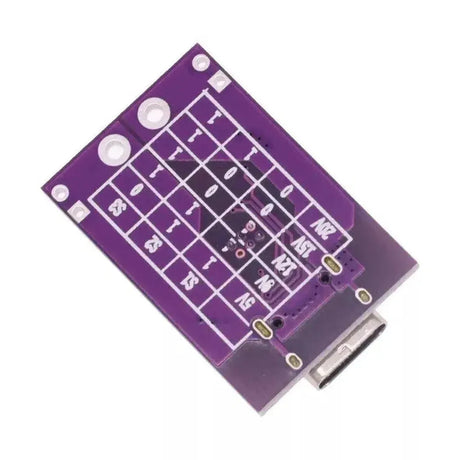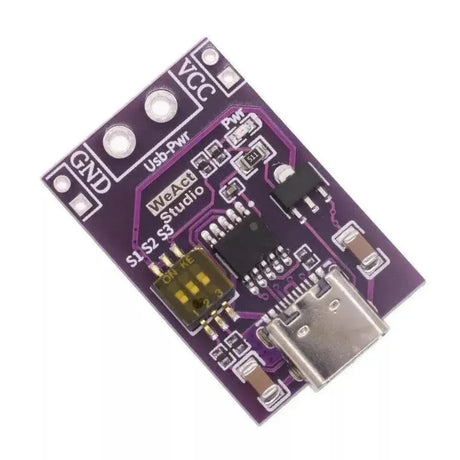Raspberry Pi has revolutionized the way hobbyists and professionals approach computing projects. Its affordability and versatility make it a popular choice for a myriad of applications, from home automation to media centers. However, like any device, Raspberry Pi isn't immune to network connectivity issues. Whether you're struggling with Wi-Fi or Ethernet connections, these problems can be frustrating and hamper your projects. In this blog post, we'll explore the common reasons behind Raspberry Pi network issues and provide actionable solutions to get your device back online.
Common Network Issues in Raspberry Pi
Wi-Fi Issues
Wi-Fi connectivity problems are among the most frequent network-related challenges faced by Raspberry Pi users. These issues can manifest as intermittent connections, slow speeds, or complete failure to connect to the network.
Ethernet Issues
While Ethernet is generally more stable than Wi-Fi, Raspberry Pi users can still encounter problems such as no network connection despite cables being properly connected, or limited connectivity where only some network resources are accessible.
Possible Causes
1. Software Configuration Issues
Incorrect network configurations can prevent the Raspberry Pi from connecting to your network. Misconfigurations in /etc/wpa_supplicant/wpa_supplicant.conf for Wi-Fi or improper settings in network interfaces can lead to connectivity issues.
2. Hardware Problems
Faulty Ethernet cables, damaged Wi-Fi antennas, or defective network ports can disrupt network connectivity. Additionally, peripherals connected to the Raspberry Pi might interfere with network hardware.
3. Power Supply Issues
An inadequate power supply can cause the Raspberry Pi to behave unpredictably, leading to network instability. Power surges or drops can also affect the integrity of the network connection.
4. Interference or Environmental Factors
For Wi-Fi connections, signal interference from other devices, physical obstructions, or being too far from the router can weaken the connection. Ethernet connections can suffer from electromagnetic interference in environments with heavy electrical noise.
Troubleshooting Steps
1. Check Your Configuration Files
Ensure that your network configuration files are correctly set up. For Wi-Fi, verify the wpa_supplicant.conf file:
sudo nano /etc/wpa_supplicant/wpa_supplicant.conf
Ensure it contains the correct SSID and password:
network={
ssid="Your_SSID"
psk="Your_Password"
}
2. Update Firmware and Operating System
Outdated firmware or OS versions can cause compatibility issues. Update your Raspberry Pi with the following commands:
sudo apt update
sudo apt full-upgrade -y
sudo rpi-update
3. Diagnose Hardware
Check if the Ethernet cable is functioning by testing it with another device. For Wi-Fi issues, try using an external USB Wi-Fi adapter to rule out built-in hardware problems.
4. Use Diagnostic Commands
Utilize built-in commands to diagnose network issues:
-
ifconfig: Check the status of network interfaces. -
ping: Test connectivity to your router or an external server. -
iwconfig: Inspect wireless connection details.
Example of using ping to check connectivity:
ping -c 4 8.8.8.8
5. Check Power Supply
Ensure that your Raspberry Pi is receiving adequate power. Use a power supply that meets the recommended specifications (usually 5V and at least 3A for newer models). You can monitor power issues by checking the Pi’s voltage indicators:
vcgencmd get_throttled
A result of throttled=0x50000 indicates under-voltage events.
6. Reduce Interference
For Wi-Fi issues, minimize interference by placing the Raspberry Pi closer to the router or removing physical obstructions. Changing the Wi-Fi channel on your router can also help alleviate interference problems.
Advanced Solutions
1. Static IP Configuration
Assigning a static IP can resolve connectivity issues caused by DHCP conflicts. Edit the /etc/dhcpcd.conf file:
sudo nano /etc/dhcpcd.conf
Add the following lines, replacing the values with your network details:
interface eth0
static ip_address=192.168.1.100/24
static routers=192.168.1.1
static domain_name_servers=192.168.1.1
2. Reset Network Settings
If misconfigurations persist, resetting network settings to default can help. Backup your current settings before proceeding:
sudo cp /etc/dhcpcd.conf /etc/dhcpcd.conf.backup
sudo cp /etc/wpa_supplicant/wpa_supplicant.conf /etc/wpa_supplicant/wpa_supplicant.conf.backup
sudo nano /etc/dhcpcd.conf
Remove any custom configurations and restart the network service:
sudo systemctl restart dhcpcd
3. Reinstall Network Drivers
Corrupted network drivers can impede connectivity. Reinstall the drivers using:
sudo apt install --reinstall raspberrypi-bootloader raspberrypi-kernel
Conclusion
Network issues on a Raspberry Pi can stem from various sources, including software misconfigurations, hardware faults, power supply inadequacies, and environmental factors. By systematically troubleshooting and addressing each potential cause, you can restore stable network connectivity to your Raspberry Pi. Remember to keep your system updated, use quality hardware components, and configure your network settings carefully. With these strategies, you'll ensure your Raspberry Pi remains a reliable hub for all your projects.


